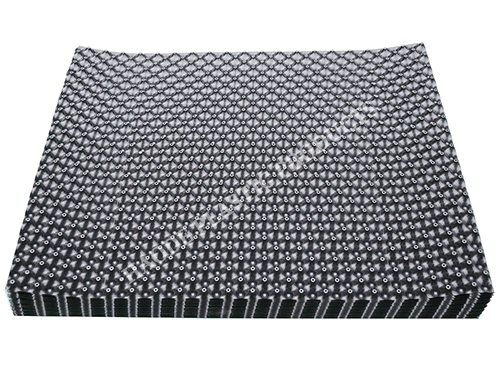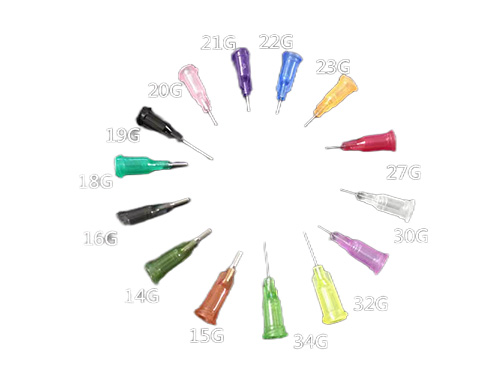Eco-Friendly Features of Root Control Containers: Reducing Soil Use and Enhancing Plant Health
2024-09-28 17:51:11
With the continuous development of modern agriculture and horticultural technology, root control containers have emerged as innovative tools for optimizing root growth and increasing crop yield. In addition to their advantages in improving planting efficiency and plant health, root control containers also offer significant environmental benefits. They not only reduce soil consumption but also enhance plant health, providing effective solutions for sustainable agriculture.
This article explores the eco-friendly features of root control containers and how to utilize their advantages for greener, more efficient planting practices.

I. Eco-Friendly Features of Root Control Containers
1. Reducing Soil Usage
In traditional planting methods, plants often require large amounts of soil to support root growth, which leads to soil resource wastage and potential land degradation. Root control containers, through their unique design, optimize the growth direction of plant roots, significantly reducing soil dependency.
Root Control Mechanism: The design of root control containers guides roots towards air holes, preventing root tangling and promoting the growth of more lateral roots. This allows plants to absorb sufficient nutrients and water in a limited soil volume.
Saving Soil Resources: Root control containers enable plants to grow healthily in smaller soil volumes, reducing the need for extensive land use, avoiding excessive land cultivation, and minimizing soil waste.
2. Reducing Water Waste
Water management is a critical aspect of agriculture, and traditional planting often requires large amounts of water to keep the soil moist. Root control containers, with their efficient root distribution design, help plants absorb water more effectively, reducing the frequency of watering.
Efficient Water Absorption: The breathable design of root control containers promotes even root distribution, enhancing the plant's ability to absorb water. Compared to traditional methods, plants grown in root control containers can make better use of each drop of water, significantly reducing water consumption.
Minimizing Water Loss: The container’s design helps control water loss and reduces soil evaporation, allowing users to lower watering frequency, which is especially important for water conservation in agriculture.
3. Promoting the Use of Biodegradable Materials
As environmental awareness increases, more eco-friendly root control containers are being introduced to the market, often made from biodegradable materials such as plant fibers, straw, and natural polymers. These materials decompose naturally at the end of their life cycle, leaving no harmful environmental impact.
Advantages of Biodegradable Containers: Unlike traditional plastic containers, biodegradable root control containers naturally break down in the environment, reducing plastic pollution in agriculture. This aligns with global efforts to promote sustainability.
Lowering Carbon Footprint: Farmers using biodegradable containers can reduce carbon emissions during production, and these materials can improve soil structure and fertility as they decompose.
4. Reducing Fertilizer and Pesticide Use
Root control containers can effectively promote root growth and improve the plant’s ability to absorb water and nutrients, reducing the need for fertilizers. This not only cuts costs but also minimizes the environmental impact of fertilizer on soil and ecosystems. Additionally, healthier root systems make plants stronger and more resistant to pests, reducing the need for pesticides.
Reducing Soil Pollution: Overuse of fertilizers and pesticides can pollute the soil and disrupt its ecosystem. Root control containers optimize root structure, reducing fertilizer use and lowering the risk of soil contamination.
Enhancing Plant Immunity: A healthy root system improves plant resistance to pests and diseases, reducing the frequency of pesticide applications, which benefits both plant growth and farmland ecosystems.
II. How Root Control Containers Improve Plant Health
1. Preventing Root Tangling
Root control containers utilize air pruning mechanisms to prevent the common issue of root tangling found in traditional containers. When roots reach the air holes in the container, the tips stop growing, encouraging the formation of more lateral roots. This leads to a more robust root structure, allowing plants to better absorb nutrients and water.
Balanced Root Structure: Root control containers prevent excessive growth of the main root, ensuring balanced nutrient absorption and promoting an even, healthy root distribution. This improves the overall health of the plant.
2. Promoting Balanced Nutrient and Water Absorption
Plants grown in root control containers have a widespread root system, allowing them to evenly absorb water and nutrients from the soil. This reduces the risk of nutrient deficiencies and improves the plant’s resilience to environmental stress.
Enhancing Drought Resistance: A well-developed root system can extract water more efficiently from the soil, enabling plants to thrive even under drought conditions.
3. Reducing Disease Spread
In traditional planting, overgrown and tangled roots often suffer from poor aeration, leading to the development of diseases like root rot. Root control containers, with their air pruning and breathable design, reduce the risk of disease, ensuring that the root system remains healthy and well-ventilated.
Lowering Pest and Disease Risk: Healthier roots result in stronger plant immunity. Root control containers help reduce root disease, improving crop quality and yield.
III. Future Trends in Root Control Containers
1. Emergence of Smart Root Control Containers
As technology advances, smart root control containers are expected to become a trend in the future. These containers may integrate sensor technology to monitor root growth in real-time and adjust water and nutrient supply automatically, enabling more precise agricultural management.
2. Increased Use of Biodegradable Materials
Future innovations in root control container materials will further promote the use of biodegradable materials, supporting agriculture’s commitment to eco-friendly practices. These materials will also offer improved durability and breathability, enhancing root control effectiveness.
3. Global Adoption of Root Control Technology
As root control technology continues to gain recognition worldwide, more farmers and gardening enthusiasts will realize its environmental and yield-boosting benefits. In the future, root control containers are likely to become standardized tools in global agricultural production, driving the development of sustainable farming practices.
IV. Conclusion
Root control containers not only enhance root health and optimize the growing environment for crops but also offer significant environmental benefits. By reducing soil and water consumption, promoting the use of biodegradable materials, and minimizing fertilizer and pesticide usage, root control containers provide sustainable solutions for modern agriculture.
If you want to learn more about how to use root control containers or are interested in purchasing eco-friendly root control products, feel free to contact us. We provide the highest quality products and services to support your agricultural needs.

It adopts electrical integration and can be started by pressing the fully automatic button ...

The XP750 seeder has stable performance, excellent product quality, simple and convenient o...

It adopts electrical integration and can be started by pressing the fully automatic button ...

Needle list Seed nozzle model Different models Sowing types are different...



